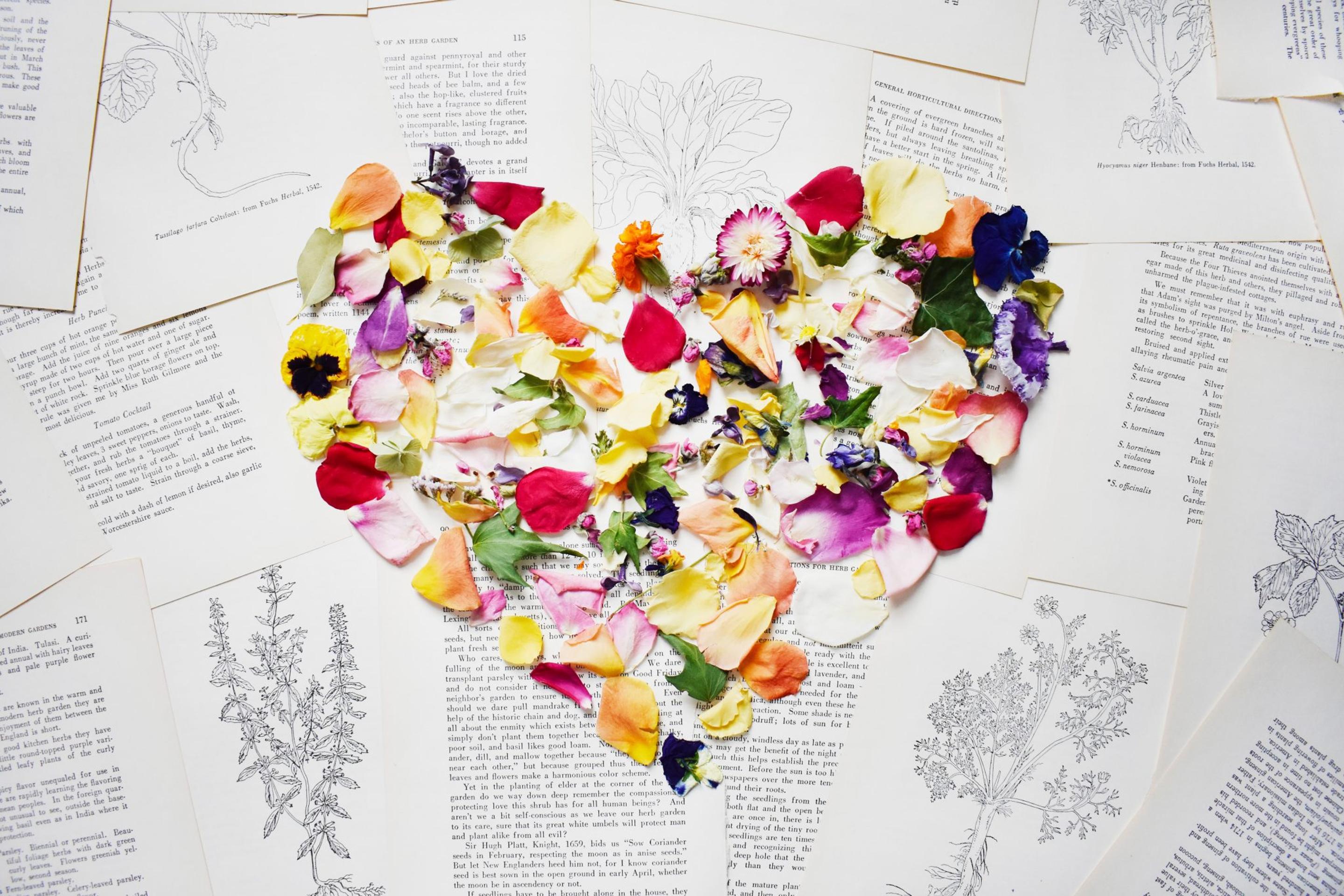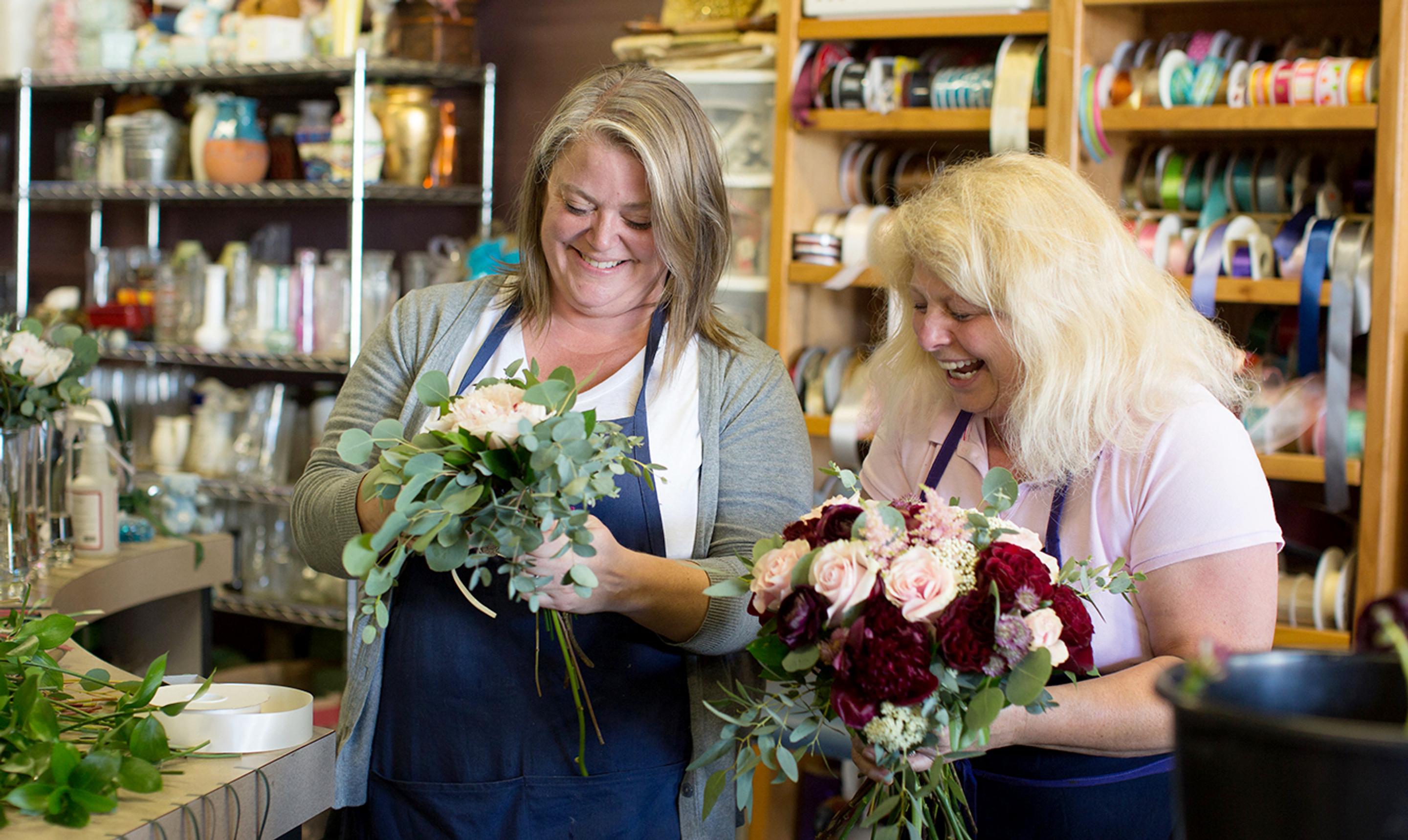
March 4, 2025
Mother’s Day History, Meaning & Traditions: A Celebration of Moms Everywhere
March 4, 2025
Mother’s Day is the one day a year when moms get a fraction of the appreciation they truly deserve. Because let’s be honest, they deserve to be celebrated every day!
Whether it’s a heartfelt card, breakfast in bed, or a bouquet of gorgeous Mother’s Day flowers, this holiday is all about honoring the incredible women who raised us and made us who we are today.
Mother’s Day history is richer than you might think, spanning centuries and cultures. While the modern version of the holiday has its roots in early 20th-century America, versions of mother-honoring celebrations have existed across the world since the ancient Greeks and Romans. Over time, different countries have put their own spin on the occasion, from Mexican children serenading their mothers to Thailand’s celebration of Queen Sirikit.
One Mother’s Day tradition, however, remains timeless: flowers. It’s the perfect way to capture the beauty, love, and gratitude we have for our moms, grandmothers, and mother figures. Before deciding on the perfect bouquet for mom, let’s explore Mother’s Day holiday history.

What Is Mother’s Day & Why Do We Celebrate It?
Let’s start with the basics: when is Mother’s Day? Mother’s Day is celebrated on the second Sunday in May in the US. The day is dedicated to showing love and appreciation for mothers, grandmothers, and mother figures, recognizing their endless sacrifices and unconditional support.
It’s a chance to pause and acknowledge the profound impact that moms have on their families and communities. Whether through small, everyday acts of kindness or life-changing guidance, there’s no denying that moms make the world a better place!
Mother’s Day History: How It All Began
If you’re wondering “When did Mother’s Day start?”, allows us to take you back a few centuries.
You see, Mother’s Day as we celebrate it today has only been around for a little over a century, but the idea of honoring mothers dates back thousands of years. Ancient Greeks and Romans held festivals to honor mother goddesses, where honeycakes, fine drinks, and flowers at dawn were made as offerings to these deities. Sound a bit familiar?
In England, “Mothering Sunday” emerged in the Middle Ages as a day when people returned to their “mother church”, spent time with their families, and baked a special “mothering cake”. This eventually evolved into a day dedicated to honoring mothers themselves.
The Founding of Mother’s Day in the US
Now for some history closer to home: how did Mother’s Day start in the United States?

In the US, the origin of Mother’s Day can be traced back to the 1870s when writer, pacifist, and suffragist Julia Ward Howe suggested Mother’s Day as a day to be dedicated to peace. She argued that mothers deserved more gratitude for their hard work behind the scenes.
Around the same time, Ann Marie Reeves Jarvis organized many “Mothers Day Work Clubs” throughout the 1850s to support moms in the community and combat the high mortality rate of children due to poor health conditions.

At the start of the civil war, Mrs. Jarvis gathered her clubs to form an alliance and vow that friendship and goodwill would not become another victim of the war. In 1868, she organized Mothers Friendship Day, which aimed to “revive the dormant filial love and gratitude we owe to those who gave us birth”.
Over thirty years later, in the early 1900s, Mrs. Jarvis’ daughter Anna campaigned tirelessly to establish a national holiday dedicated to celebrating mothers. These efforts paid off when, in 1914, President Woodrow Wilson officially declared the second Sunday in May as Mother’s Day in the United States.

Ironically, Anna later became disheartened by the commercialization of the holiday she fought so hard to create. She went as far as filing a lawsuit to put a stop to Mother’s Day altogether in 1923 and was arrested for wreaking havoc at a Mother’s Day festival.
While she envisioned a day of heartfelt gestures and appreciation, Mother’s Day traditions quickly became associated with greeting cards, flowers, and gifts.
Sorry, Anna, but we think moms deserve both love and flowers!

Mother’s Day Around the World: Different Traditions & Celebrations

Mother’s Day might be a global celebration, but how and when it’s observed varies widely. That’s what makes Mother’s Day history and traditions so fascinating!
In the UK, Mothering Sunday falls on the fourth Sunday of Lent and is rooted in a centuries-old Christian tradition of servants returning home to their families. In Mexico, Día de las Madres in May is a lively celebration with music, feasts, and serenades. Meanwhile, Thailand honors mothers on August 12, the birthday of Queen Sirikit, the beloved mother of the nation.
Some cultures go all out when it comes to Mother’s Day traditions. Ethiopia, for example, celebrates motherhood with Antrosht, a multi-day festival featuring food, dancing, and family gatherings. Japan’s Mother’s Day, inspired by the country’s love of symbolism, often involves gifting red carnations, a flower that represents a mother’s strength and love.
No matter the date or customs, one thing remains universal: taking a moment to recognize and appreciate the incredible role mothers play in our lives.
Mother’s Day Fun Facts & Surprising Traditions
Here are some of our favorite noteworthy Mother’s Day facts for you:
- Mother’s Day is celebrated in over 50 countries, though not always on the same date.
- It is one of the biggest flower-giving holidays of the year––Fortune even called it the “Super Bowl for florists”.
- The day sees the highest call volumes of any day of the year, surpassing Christmas and Valentine’s Day.
- On Día de las Madres in Mexico, children often wake their mothers with the song Las Mañanitas, sometimes with a mariachi band in tow.
- In Nepal, Mother’s Day—called Mata Tirtha Aunsi—falls on a different date each year based on the lunar calendar.
- Serbian children have a Mother's Day tradition where children tie up their mothers in bed. Mom is released only after giving them gifts or treats––a tradition that also extends to Father's and Children's Day.
No matter the Mother’s Day tradition, the message is the same: moms deserve to be celebrated in memorable (and sometimes surprising!) ways.
Honoring Every Type of Mom on Mother’s Day
Mother’s Day isn’t just for biological mothers—it's a time to celebrate all mother figures.
Mother’s Day for Step Moms & Mother Figures
Stepmoms, aunts, mentors, and other maternal figures play a huge role in our lives, and Mother’s Day is the perfect time to show them appreciation.
Shop thoughtful gifts for stepmoms & mother figures
Celebrating Grandmothers on Mother’s Day
Grandmothers are the heart of many families, offering wisdom, love, and, of course, the best homemade meals. Celebrate with a heartfelt visit and a trip down memory lane with old family photos.
Find special Mother’s Day gifts for grandma
Mother’s Day for First-Time Moms
The first Mother’s Day is a milestone worth celebrating! A personalized keepsake or just giving her time to rest will make her feel cherished and fill up her cup.
Shop gifts for new moms
Mother’s Day for Pet Moms
Fur moms put in just as much love and care as any other parent—so why not celebrate them too? Celebrate them with pet-safe flowers, or go all out with a custom pet portrait.
Explore gift ideas for pet moms
Honoring Your Mother-in-Law on Mother’s Day
She raised your partner and welcomed you into the family with open arms, so your mother-in-law deserves a little love too. A kind message and a thoughtful bouquet remind her that she’s appreciated.
Buy the best gifts for your mother-in-law
Mother’s Day from Mother to Daughter
For moms whose daughters are now moms themselves, Mother’s Day’s meaning takes on an extra special layer. A cute way to mark the occasion is by passing down a family tradition or special recipe to make the day even more meaningful.
See all gifting ideas for daughters on Mother’s Day
The Evolution of Mother’s Day: Past, Present & Future
Mother’s Day’s history started as a simple day of appreciation but has since evolved into a global celebration filled with gifts, flowers, and family gatherings. Today, Mother’s Day is a billion-dollar industry, with everything from spa packages to tech gadgets being marketed as the “perfect” gift.
As Anna Jarvis lamented, commercialization has seemed to shift the meaning of Mother’s Day away from its original purpose of showing genuine love and gratitude. Many people are now looking for ways to bring back the heartfelt side of Mother’s Day, opting for handwritten notes, meaningful experiences, or DIY gifts that feel more personal than store-bought presents.
Looking ahead, Mother’s Day traditions are continuing to evolve. Trends like eco-friendly gifts (think sustainable flower arrangements or reusable keepsakes) and virtual celebrations are gaining popularity.
Celebrating Mother’s Day with Meaning

At the end of the day, Mother’s Day isn’t about how much you spend. It’s about showing Mom how much you care.
Celebrating Mother’s Day with meaning can be as simple as writing a heartfelt note or gifting a beautiful bouquet. Flowers have long been a symbol of love, gratitude, and appreciation—everything Mother’s Day is all about.
So, go ahead, write that message, pick out the perfect flowers, and make this Mother’s Day one she’ll always remember. After all, she deserves it.

